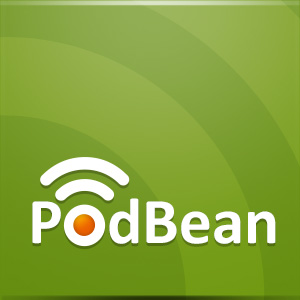
Wednesday Jan 30, 2008
The Romanian Revolution of 1989
1. The methods the group used to express their frustration When Ceausescu was re-elected as a communist leader of the Romanian Communist Party of another additional five years, many rebelled against him whilst doing certain acts to throw him off his leadership. Some acts involved in mocking and insulting him, and booing him during his speeches. Groups of people even attempted to burn down the building where the District Committee of the Romanian Communist Party resided. Furthermore, they started protest marches, broke into buildings and chucked certain documents out the windows like propaganda brochures, Ceausescu’s writings and other symbols belonging to the communist power. Cars were being burned and fights broke out. People waved Romanian flags with the coat of arms, representing communist power, removed and missing from the flag whilst singing a national Romanian song that was banned since 1947 and protestors chanted anti-governmental protests. 2. Similarities/differences between Romanian Revolution and People Power Romanian Revolution and People Power share both similarities and differences. During both revolutions, the people protested against their dictators, Ferdinand Marcos of the Philippines and Nicolae Ceausescu of Romania, and were able to get rid of them. They are also similar that their economic and political situations were not stable after the revolutions. During the protest, both Romanians and Filipinos pacified the army by offering flowers and cigarettes (but Romanians only did that once). However, while the Romanian Revolution caused fatalities of thousands of people and is still considered to be extremely violent, the People Power did not cause any killings and was peaceful. In addition, while the various sectors of the Philippines could unite for a short time to achieve a common goal, it was unclear if Romania could do the same. 3. Eventual outcome of the revolution/ situation of Romania after the revolution After Ceausescu fell from his leadership position and the new political structure, National Salvation Front, took power (after a huge battle taking the lives of at least nine hundred forty two people), countries turned their attention to Romania after the revolution. The National Salvation Front consisted of many former members of the Communist Party and was allies of Ceausescu, much of the world‘s sympathy was directed to the government led by Ion Iliescu. The government controlled over the main media outlets, national radios and television networks to broadcast strong and active propaganda attacks towards their political opponents; the traditional democratic parties. The revolution was violent but the result was close to the violence of the revolution due to the battles between the people and the government. Though even against their will, the people were eventually controlled and the battle between the government and the people was settled under the control of Ion. 4. Was the revolution justified? Would other methods have worked? The Romanian Revolution was justified in getting rid of the dictator; however, it was very brutal and claimed too many lives and even the other countries called it as a ‘Romania’s Bloody Revolution’. And even after the revolution, the situation of the country was yet unsteady. Therefore, the Romanian Revolution can be only justified in being able to get rid of Nicolae Ceausescu. On the other hand, the Romanians might have found it difficult to avoid the violence because the army supported the dictator strongly and the situation was already tensed due to the genocide and power abuse. In addition, I consider that even if the Romanians have protested peacefully, the army would not think twice to eliminate them. 5. Crane Brinton’s Stages of Revolution and Romanian Revolution The Romanian Revolution was very different from the Crane’s Stages of Revolution because the middle and the lower class weren’t the only ones who loudly expressed their anger against Ceausescu; it wasn’t the economic restraints but rather Ceausescu’s leadership skills. Despite the fact Ceausescu was an inept leader, the military yet still followed his every order and pushed back the people. Although Ceausescu was deserted by the military and by his people, the Communist Party was still allied with him. The ruling party contained of all the intellectuals who never deserted Ceausescu until his fall from leadership. Rioters and protestors began attempting to burn down buildings belonging to the Communist Party and violently march down streets. Not one battle but more than one are being fought; leaving dead bodies to be thrown into mass graves or burned. The military deserted Ceausescu and joined the people, leaving him vulnerable to the people who yet violently reacted towards him. The new moderate government, The National Front Salvation, claimed control with Ion as the leader but much of the people still protested against him, which led to violent battles once again. Despite the fact Ceausescu was tried and executed with his body showing up on television, the fighting continued in the capital and Timisoara, and the situation of the country was very unstable. References: "Romania's Bloody Revolution." BBC News. 22 Dec 1999. BBC. 17 Jan 2008 . "Romania." Encyclopedia Britannica. Encyclopedia Britannica. 17 Jan 2008 . "Day-by-Day History of the Romanian Revolution 1989." 17 Jan 2008 <//www.ceasescu.org/ceasescu_texts/revolution/revolt_daybyday.htm> . "Romanian Revolution of 1989." Wikipedia, The Free Encyclopedia. Wikipedia. 28 Jan 2008 <//en.wikipedia.org/wiki/Romanian_Revolution_of_1989> .
Comments (0)
To leave or reply to comments, please download free Podbean or
No Comments
To leave or reply to comments,
please download free Podbean App.